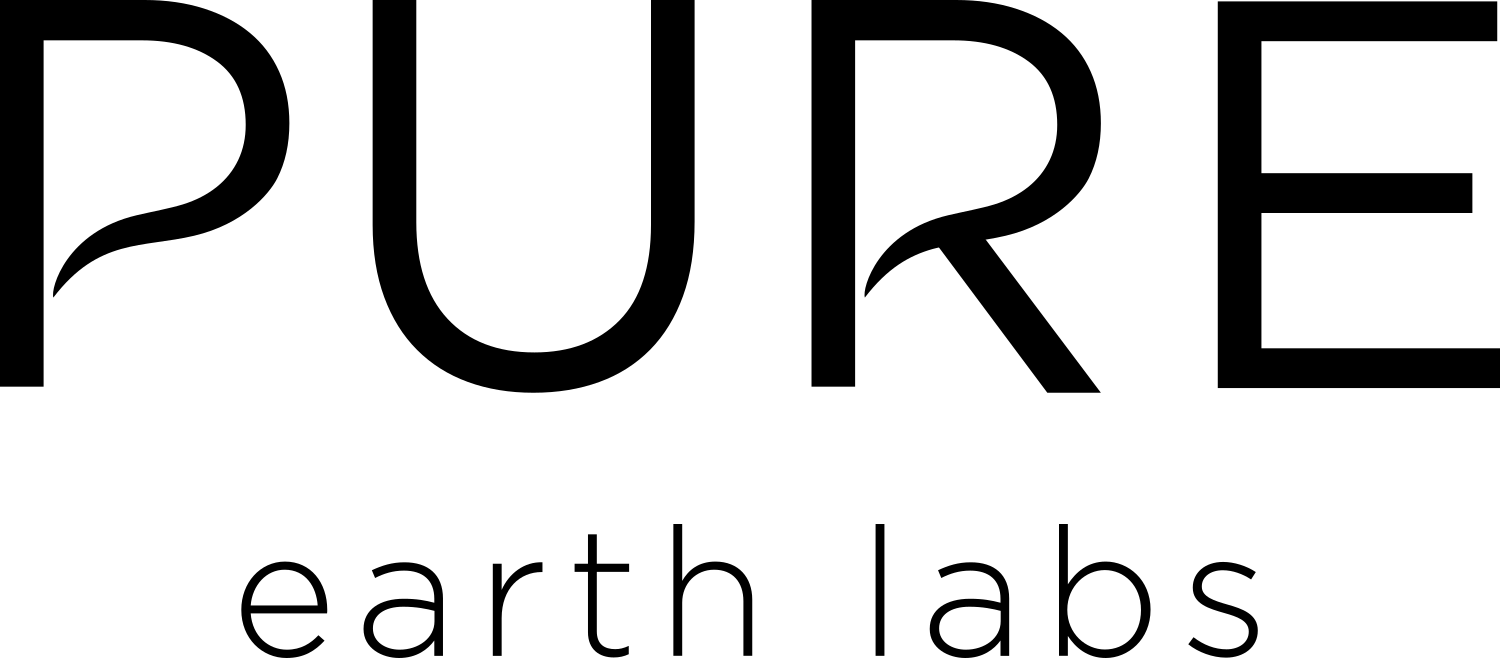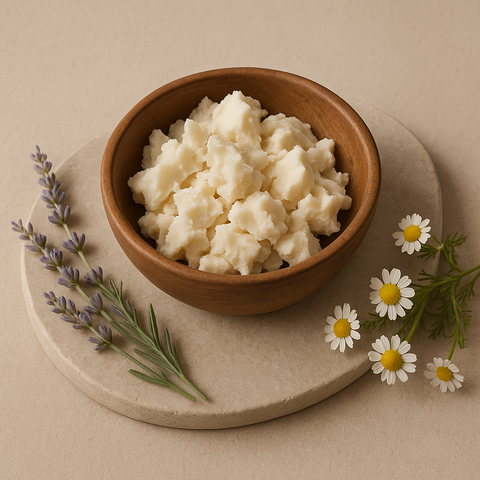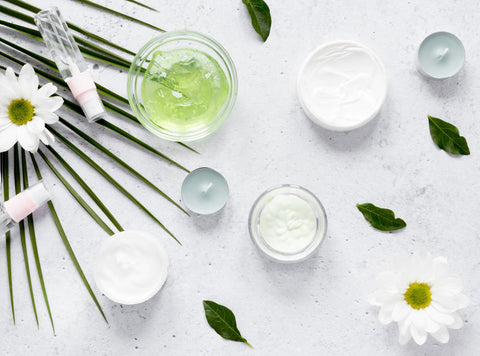As consumer demand shifts toward more natural, nutrient-dense ingredients, skincare brands are reevaluating traditional formulations in favor of heritage fats like tallow. While often overlooked in modern product development, tallow — rendered animal fat, primarily from grass-fed cows — has a centuries-long history of safe, effective topical use. Today, it’s gaining renewed attention for its compatibility with human skin, regenerative fatty acid profile, and potential for clean-label branding.
This article explores the benefits of tallow in skincare, how it compares to other common base oils, and when it may offer a strategic edge for brands focused on efficacy, sustainability, and skin health.
What Is Tallow?
Tallow is rendered beef fat. When properly rendered, it becomes a shelf-stable, non-greasy balm with a waxy, semi-solid consistency ideal for balms, moisturizers, and salves.
Key properties:
-
Rich in skin-compatible fatty acids like palmitic, stearic, and oleic acids
-
Contains fat-soluble vitamins A, D, E, and K, known for their role in skin repair and regeneration
-
Naturally occlusive and emollient, helping seal in moisture and protect the skin barrier
The Science Behind Tallow and Skin Compatibility
Tallow’s lipid profile closely mimics the structure of the human sebum, making it one of the most bioavailable fats for topical absorption.
Key Functional Benefits:
-
Supports skin barrier function due to its high saturated fat content
-
Anti-inflammatory and antimicrobial properties from conjugated linoleic acid (CLA)
-
Improves skin texture through vitamins A and K, which support collagen synthesis and cellular turnover
-
Minimal allergenic risk when sourced and processed properly, with no common plant-based allergens
According to a 2022 study in the International Journal of Cosmetic Science, animal-derived lipids such as tallow demonstrate stronger transepidermal water loss (TEWL) reduction compared to common seed oils — particularly in damaged or sensitive skin types.
Tallow vs. Common Plant-Based Oils
While plant oils like jojoba, shea butter, and coconut oil dominate the natural skincare space, each comes with formulation tradeoffs. Tallow offers a distinct profile that addresses some of these limitations.
|
Property |
Tallow |
Shea Butter |
Jojoba Oil |
Coconut Oil |
|
Comedogenicity |
Low |
Moderate |
Low |
High |
|
Stability |
High |
Medium |
High |
Medium |
|
Fatty Acid Similarity to Sebum |
Very High |
Moderate |
Moderate |
Low |
|
Allergenic Risk |
Low (if grass-fed) |
Medium |
Low |
Medium |
|
Skin Barrier Repair |
Excellent |
Good |
Fair |
Moderate |
Sustainability and Ethical Sourcing
Concerns about animal-derived ingredients are valid, but when tallow is sourced from grass-fed, pasture-raised beef and integrated from meat production waste, it becomes one of the most sustainable fats available.
-
Upcycled byproduct of the meat industry, reducing waste
-
No deforestation or monoculture agriculture required (unlike palm or soybean oil)
-
Lower carbon footprint per ounce than imported exotic oils (depending on region and scale)
Certifications like Certified Humane, Regenerative Organic Certified (ROC), or GMP-compliant rendering provide traceability and ethical assurance.
When to Use Tallow in Product Development
Tallow is ideal for:
-
Barrier creams and eczema relief balms
-
Nighttime moisturizers for dry or mature skin
-
Post-procedure or sensitive skin recovery products
-
Brands focused on ancestral wellness, Weston A. Price principles, or regenerative agriculture
Key Takeaways
-
Tallow is a bioavailable, skin-compatible fat that mirrors human sebum and offers superior skin barrier repair.
-
When ethically sourced, it supports sustainable and waste-reducing practices while avoiding common pitfalls of monoculture plant oils.
-
For brands positioned around regenerative, natural, or ancestral wellness, tallow presents a high-value differentiation opportunity.
Conclusion: Should Your Brand Explore Tallow?
If you're building products for sensitive skin, sustainability-conscious consumers, or heritage-inspired skincare lines, tallow deserves serious consideration. Its stability, efficacy, and unique origin story can help differentiate your formulations — provided your sourcing and brand values are aligned.
Interested in learning how to integrate tallow into your formulations?
Explore Our Catalog
Visit our online Catalogue or ask us for our newest white label catalog of skincare and wellness formulas. We carry over 100 expert-formulated products—such as serums, moisturizers, body butters, cleansers, and many more.
Select Your Sample(s)
Choose one or several products to test. You can purchase unbranded samples for assessing texture, smell, absorbency, and performance.
Place Your Sample Order
Reach out to us by sample request form or email info@pureearthlabs.com. We will inform you of availability and discuss pricing and shipping.
Review and Decide
Once your sample has been tested, we will assist with what comes next—label printing, MOQ planning and onboarding.




